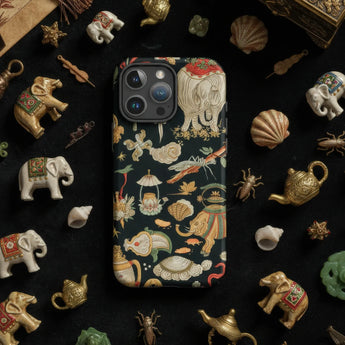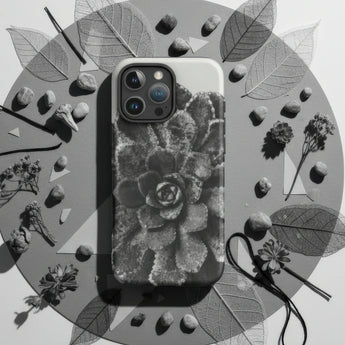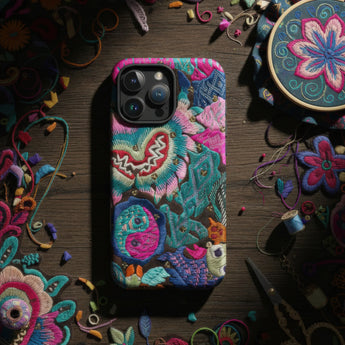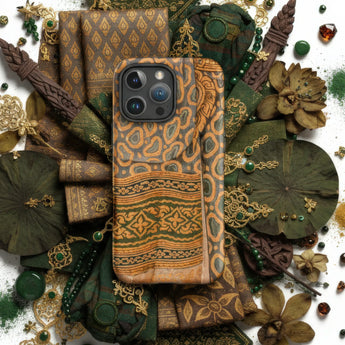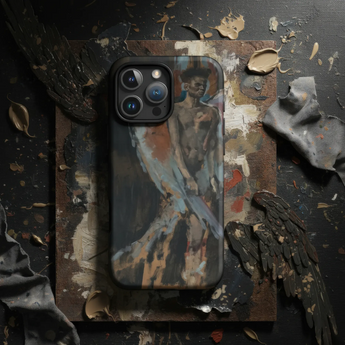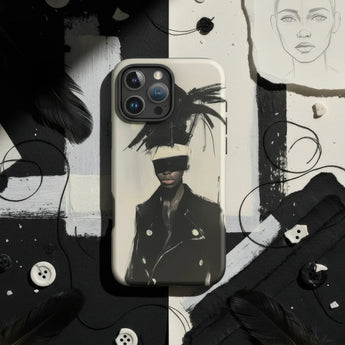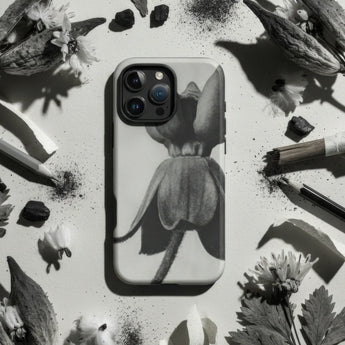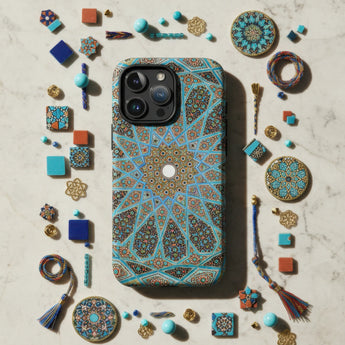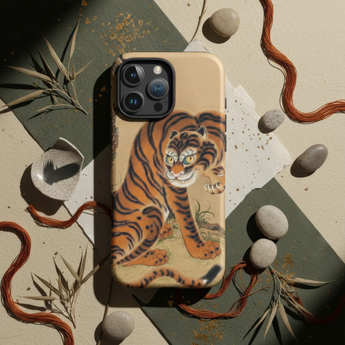Animal Art Phone Cases
Unleash your inner beast with this menagerie of designer animal art iPhone & Samsung cases, where the concrete jungle meets the Serengeti in a riot of fur, feathers, and fantastical fauna. These aren't just protective shells; they're portable ecosystems, turning your smartphone into a Noah's Ark of style.
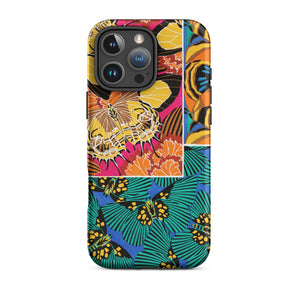
Quick view 
Quick view 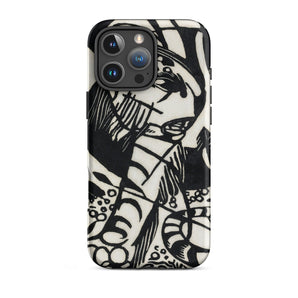
Quick view 
Quick view 
Quick view 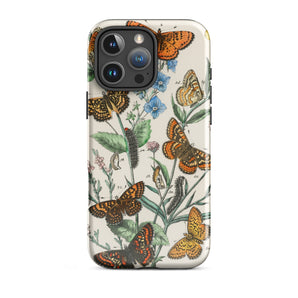
Quick view 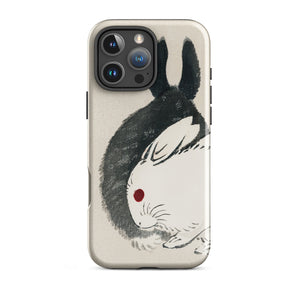
Quick view 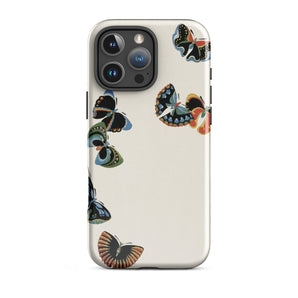
Quick view 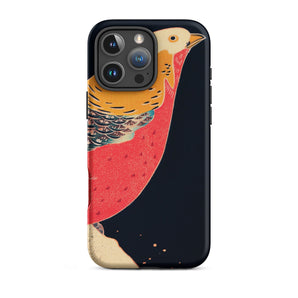
Quick view 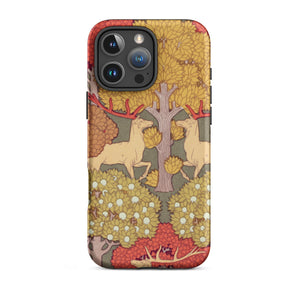
Quick view 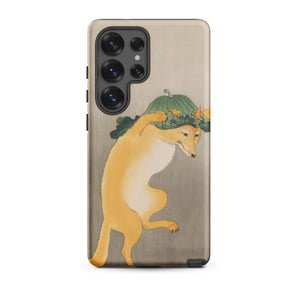
Quick view 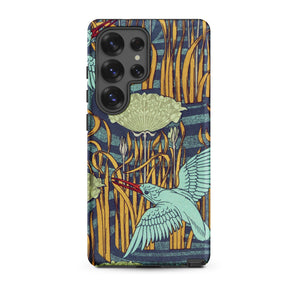
Quick view 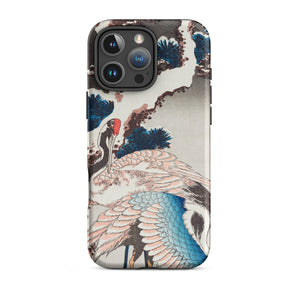
Quick view 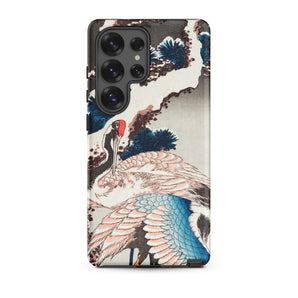
Quick view 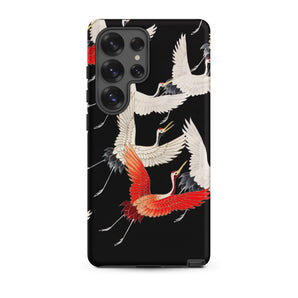
Quick view 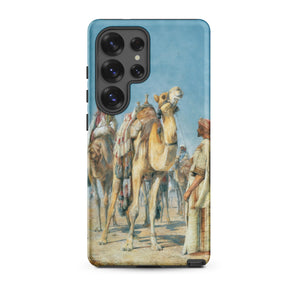
Quick view 
Quick view 
Quick view 
Quick view 
Quick view 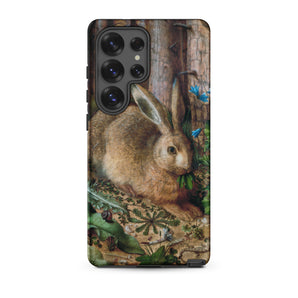
Quick view 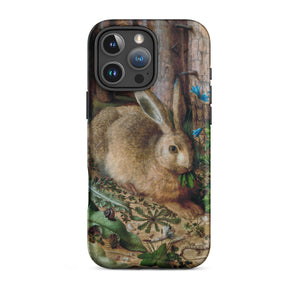
Quick view 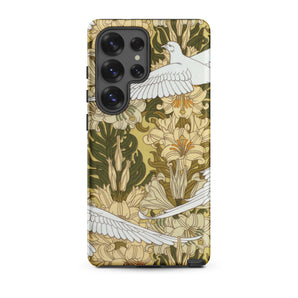
Quick view 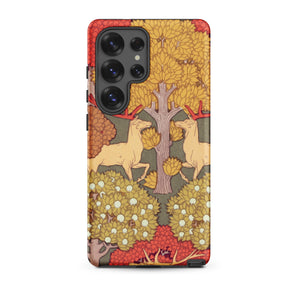
Quick view 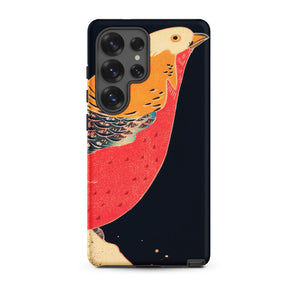
Quick view 
Quick view 
Quick view 
Quick view -
Your Latest Loves
FAQs
About this collection
What if your phone case wasn’t a case at all? What if it was a portal, torn wide open—fur-lined, feather-brushed, claw-slashed—and through its trembling frame spilled the whole mythic bestiary of human history? Our Wild Icons: Animal Art Phone Cases channel prehistoric cave walls, Scythian gold beasts, Renaissance bestiaries, and the delicate ink whiskers of Edo sparrows—each case a cipher, brimming with all the creatures that ever stalked, danced, or vanished beneath the hands of ancient artists.
Imagine your iPhone or Samsung draped in the regal fur of a tiger, each notification a royal decree, or camouflaged in the mesmerizing colors of 1000 butterflies, shape-shifting through your day. From the iridescent plumage of rare birds to the sleek, shadowy silhouette of an ancient monkey god across your smartphone, each case is a masterclass in evolution meets artistry. We've got designs that roar, designs that soar, and designs that'll make your colleagues at the water cooler ooh and aah like they're on a virtual safari.
These cases aren't just tough; they're apex predator tough, protecting your precious device with the ferocity of a mother bear guarding her cubs. So why settle for plain when you can have plains (and rainforests, and coral reefs)? Let your phone case be a conversation starter, a statement piece, a tiny soapbox for environmental awareness.
Whether you're team mammal, team reptile, or team "animals I can't even pronounce," there's a case here that'll turn your digital sidekick into a wildlife preserve you can pocket. It's time to answer the call of the wild. And if you're looking to hang around with fabulous fauna more often, check out this animal aesthetic wall art.
Here, a lion recalls Mesopotamian seals; here, a serpent slinks like an ouroboros from Pictish carvings. These phone cases are no mere accessories—they are animal style reborn, stitched from the sinew of ancient Eurasian nomads and the fluorescence of Pop Art parrots. They hold the pulse of Chauvet’s bison, the symmetry of Ashoka’s lions, the kinetic charge of Rosa Bonheur’s galloping horses. Touch one, and you touch 40,000 years of animal art history. Call it a case—but know it is a living archive, wild and uncontained.
When did animals first appear in art?
Before language, before cities, before kings or gods, there were beasts—etched into stone by flickering firelight. 65,000 years ago, in the caves of Altamira, shadowed hands conjured bison and deer into being. From there: Egyptian jackals guiding souls; Mesopotamian lions guarding thresholds; Renaissance dogs curled at the feet of nobles. Each epoch cast its gaze on animals anew, from the tender realism of Japanese netsuke to the symbolic ferocity of Scythian gold panthers locked in eternal combat. Every creature depicted carried the weight of belief, power, and wonder.
Where did animal style art originate from?
Animal style—less a style, more a language of beasts in motion—was born in the restless grasslands of the Central Asian steppe, carved into bronze and bone by Scythians and Sarmatians. It slithered through trade routes, soaking up Near Eastern lions, Greek horses, and Siberian elk. This art refused stillness—every claw, horn, and fang knotted into the next in a rhythmic frenzy, predator merging with prey, until the animal itself became pure ornament, shimmering between abstraction and life.
What are some famous pieces of animal art?
From Landseer’s stag, crowned by mist, to Rosa Bonheur’s stampede of horseflesh and muscle; from Brueghel’s ark, teeming with pairs bound for salvation, to Franz Marc’s prismatic cows, each famous animal is a revelation. There’s Stubbs’ lion startling a horse into terror, and Koons’ balloon dog—an heir to ancient animal talismans, reimagined in polished kitsch. Even the Lion Capital of Ashoka stands eternal, four faces gazing across time, guarding India’s memory.
What is an animal artist called?
They call them animaliers—a name both honor and insult, once hurled at 19th-century sculptors who dared dignify beasts with bronze. They are painters who dissect sinew, sculptors who chase fur into metal, illustrators who bind plumage to pigment. From Dürer sketching rhinoceroses he never saw, to contemporary wildlife artists chronicling species teetering on the edge of myth, these artists become part-shaman, part-taxonomist—conjurers of the animal soul.
What are the different types of animal art?
There is wildlife art, luminous with ecological reverence. There is folk art, where animals strut through stories older than empires. There are anthropomorphic creatures—Beatrix Potter’s rabbits, ancient Egyptian gods with jackal heads—reminding us that animals are the first mirrors. There are animals painted by animals, their paws and trunks guided by human hands. And then, there are the beasts that haunt famous paintings, lurking in allegories or guarding edges of frames, forever watching.
How has animal art evolved over time?
Once they were gods, then symbols, then subjects, then victims. From the flicker of prehistoric torches painting cave bears in ochre, through the Egyptian tombs where cats kept the dead company, to Renaissance tapestries where unicorns stood for purity—they evolved alongside us. By the age of naturalism, they became scientific specimens, pinned under the gaze of Audubon and Stubbs. Today, animal art wrestles with extinction and nostalgia, torn between grief and wonder, always chasing the vanishing wild.
Where can my order ship to?
Any treasure you find here can be shipped to:
North America
Canada, Mexico, Continental United States
South America
Argentina, Brazil
Europe
Albania, Andorra, Austria, Belgium, Bosnia & Herzegovina, Bulgaria, Croatia, Cyprus, Czechia, Denmark, Estonia, Faroe Islands, Finland, France, Germany, Gibraltar, Greece, Greenland, Guernsey, Hungary, Iceland, Ireland, Isle of Man, Italy, Jersey, Kosovo, Latvia, Liechtenstein, Lithuania, Luxembourg, Malta, Monaco, Montenegro, Netherlands, North Macedonia, Norway, Poland, Portugal, Romania, Russia, San Marino, Serbia, Slovakia, Slovenia, Spain, Sweden, Switzerland, United Kingdom, Vatican City
Middle East & Asia
China, Hong Kong, India, Indonesia, Israel, Japan, Lebanon, Malaysia, Philippines, Singapore, South Korea, Taiwan, Thailand, Türkiye, United Arab Emirates, Vietnam
Africa
South Africa
Oceania
Australia, New Zealand
—
Every package tracked so you can watch your treasure move from A to B to You.
Sent carbon neutral at no extra charge. Helping you gain peace of mind your money's being kind.
Orders to the rest of the world coming as soon as I can!
How much will shipping cost?
Delivery to 60+ countries
Free shipping worldwide — check if we ship to you
When will my package arrive?
USA: 4-9 days • Canada: 5-12 days • UK: 4-9 days • Europe: 5-10 days • Australia: 4-9 days • New Zealand: 5-12 days • Rest of the world: 3-4 weeks
Why the wait? Every treasure you find here is produced after you purchase. So the delivery times include production, quality assurance, thoughtful packaging and shipping. More details on orders and shipping
Every package tracked so you can watch your treasure move from A to B to You.
Sent carbon neutral at no extra charge. Helping you gain peace of mind your money's being kind.
Can I return my order?
1. Open Request
You're welcome to open a return / exchange request within 30 days of your order's delivery. All items for return must be delivered back in their original condition, with their original packaging included.
2. Wait For Approval
Expect a reply within 24-48hr
Once your return's approved, you'll receive the return address, so you can mail items back with confidence. Please wait for approval before mailing anything, to avoid confusion and disappointment.
3. Return Items
Return shipping: You pay for return shipping fees unless you received faulty / incorrect items or they get damaged in transit.
Tracking: Please send your items back with tracking. No refunds can be given for items that aren't received.
On sale: No returns or exchanges for discounted / on sale items unless they arrived damaged or faulty.
Payment method: After your return's approved, you'll be refunded via your original payment method.
...
Learn more about my step-by-step returns process.

